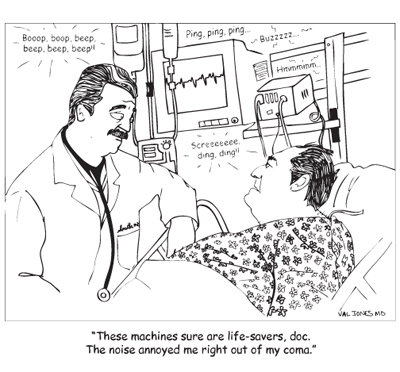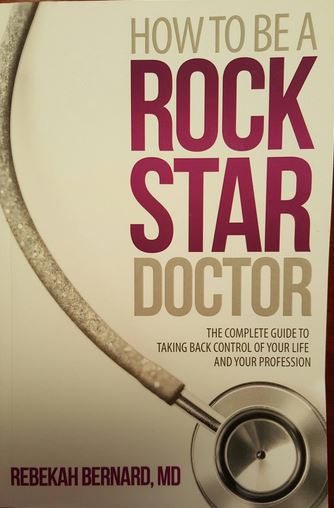February 5th, 2010 by Gwenn Schurgin O'Keeffe, M.D. in Better Health Network, Health Tips
1 Comment »

Bloomberg recently posted that the New York school system is going to eliminate whole milk from their cafeterias to cut calories. 4.6 billion calories and 422 billion grams of fat will be eliminated from the menu by this plan. A good plan for the kids involved. Well, at least a good start.
As the post notes, schools nationwide are working diligently to tweak menus and offer healthier alternatives for kids in all grades from elementary school to high school. Some schools, such as the school district my kids attend, use electronic payment systems where parents can log-on to see what their kids have purchased. We’ve found this helpful at times to remind our kids about healthy alternatives and how to order a healthy lunch, especially on days when they find them selves either completely ravenous or with little time, which can easily happen in a typical school day. Read more »
*This blog post was originally published at Dr. Gwenn Is In*
January 28th, 2010 by KevinMD in Better Health Network, News, Quackery Exposed, Research
No Comments »

Most people automatically filter out spam e-mails, or delete them without ever opening them up.
But a surprising number of people actually take the time to read them, which is probably why annoying spam will continue unabated. From the New York Times’ Well, Tara Parker-Pope writes points an interesting study looking at who actually read health-related spam e-mails.
Looking at college students who were overweight, a study showed that an astounding 42 percent opened unsolicited e-mails touting weight loss products, and 19 percent actually ordered the product. And, perhaps more concerning, among those where were normal weight, 5 percent still bought what the spam was selling.
The effectiveness of spam e-mails, in this admittedly small study at least, certainly surprised me. I remember reading somewhere that it takes a success rate of 1 in 100,000 to make it worthwhile to a spam marketer.
But if they’re achieving success rates like these, it’s no wonder that the degree of spam, estimated to be 73 percent of all e-mails, will only rise.
That’s depressing.
*This blog post was originally published at KevinMD.com*
January 14th, 2010 by StaceyButterfield in Better Health Network, Health Policy, News
No Comments »

It may still be a little fuzzy how health care reform will affect insurance coverage, but there is one area where it’s already having a clear impact, according to the Washington Post: menus.
A lesser-known aspect of the proposed legislation is that it will mandate calorie posting of the sort currently done in New York City for restaurants with more than 20 locations nationwide. The WashPo story reports on the positive impacts that publicization of calories has public health–apparently restaurants offer more healthy dishes, and diners swarm to them. Which is interesting, because the last time we discussed this issue, researchers were reporting that people actually consumed more calories after the stats were posted. Read more »
*This blog post was originally published at ACP Internist*
January 12th, 2010 by DrRob in Better Health Network, Health Tips
No Comments »

Every year it happens: people come to me telling of what they are going to be doing different in this fresh new year. People are going to stop smoking, start exercising, and (especially) lose weight. This year, I am among the resolvers.
Every year, most people fail.
Which makes me wonder what it is about us humans that allows us to act against what we know is best. Why is it that educating people is rarely enough to fix a problem? Why should we have an obesity “epidemic” when very few people really want to be obese? Read more »
*This blog post was originally published at Musings of a Distractible Mind*
December 28th, 2009 by Paul Auerbach, M.D. in Better Health Network, News, Research
No Comments »

 Most of us have learned that bears use brown adipose tissue (“brown fat”) to assist them in hibernation during the winter, and that other animals use it to regulate body weight and adaptive thermoregulation (control of body temperature). What is less well known is that humans also take advantage of their own version of brown adipose tissue. How it functions in humans may not only have implications for thermoregulation, but for a targeted strategy to combat obesity. The ratio of “white fat” (“bad” fat) to brown fat (“good” fat) may also be important. Read more »
Most of us have learned that bears use brown adipose tissue (“brown fat”) to assist them in hibernation during the winter, and that other animals use it to regulate body weight and adaptive thermoregulation (control of body temperature). What is less well known is that humans also take advantage of their own version of brown adipose tissue. How it functions in humans may not only have implications for thermoregulation, but for a targeted strategy to combat obesity. The ratio of “white fat” (“bad” fat) to brown fat (“good” fat) may also be important. Read more »
This post, Brown Fat Plays A Role In Human (And Bear) Fat Regulation, was originally published on
Healthine.com by Paul Auerbach, M.D..
















